The unfortunate truth: There’s a real battle between hair and exercise in the Black community. A 2018 study published in Frontiers in Public Health found that it is common for Black women to avoid or limit exercise in hopes to protect or save their hairstyles because TBH, completing a full wash routine after every workout isn’t always feasible.
Additional research like this study and reports in this article found that between 28 and 45 percent of Black women surveyed avoided exercise because of hair concerns, and 22 percent felt that their hair impeded maintaining a healthy body weight.
This is a true dilemma for Black women—and even some men—with natural or relaxed hair. You see, while a simple spritz of dry shampoo or a five-minute shower after a gym session might suffice for someone with fine, straight hair, those of us with textured hair need a whole lot more to properly care for our strands post-sweat. Plus, when you spend a significant amount of time and money on treatments and styles, the last thing you want to do is risk jeopardizing them in exchange for a quick ride.
This is why saving our hair often wins the fight, making it a sometimes hard and discouraging decision for Black cyclists to choose between exercise and haircare.
Though at times these two may be in conflict, cycling and haircare should both be fun, positive, happy aspects of your full life. Research and our interviews with Black cyclists reveal their unique hair-related experiences and the burden of having to discuss their hairstyles and haircare maintenance activities with their peers.
Still, it’s an important issue to address, and though there may not be a one-size-fits-all answer, there are ways to overcome this hurdle without sacrificing your hair or your fitness. Here, cyclists and Black and natural hair experts share their tips for how to care for and protect Black hair while riding and exercising.
Join Bicycling All Access for the latest training tips and advice!
Take time to learn your hair.
All hair isn’t created equal; it’s the exact opposite. Just like your training demands you to understand how your specific body responds, understanding your specific hair needs is a vital part of properly caring for it.
“Natural hair is super versatile and how one may wear it differs from the other,” says Latoya Shauntay Snell, multi-sport athlete and founder of Running Fat Chef. For Snell, it’s about learning how to style exceptionally thick hair and locs.
For some others, it may be as simple as applying a protective serum to reduce frizz post-ride, learning a specific style that keeps curls intact, or rocking an Afro puff. The truth is, there’s no right or wrong way to explore your hair, but it’s the necessary first step to understanding how to properly care for it. For inspiration, platforms like YouTube and Instagram offer a ton of real-world advice and tips to try.
Protective styles, protective styles, protective styles.
While wearing your hair down may seem simple, it’s not usually the best decision. “Ponytails, cornrows, and twists are great hairstyles during a workout,” says Sharie Wilson and Tonya Thompson founders of natural haircare brand DreamGirls. “These hairstyles help control the sweat, are easy to maintain, and keep hair out of your face so you can focus on your workout.”
Stephanie Puello, cyclist, the first Black woman to ride TransAmerica, and the founder of Black Girls Do Bike: Denver, says her go-to styles for cycling are a low ponytail or side braid if she’s wearing extensions. She says protective styles are functional, less of a hassle, and easy to style in different ways like box braids. She also suggests choosing a style that’s low-manipulation so it’s easily contained and easy to take out post-ride.
Recreational cyclist, Iresha Picot, agrees citing four big bantu knots as her go-to protective style. Two-strand twists is another low-maintenance style that Picot suggested, and locks were also cited by the 2018 study participants.
Embrace accessories.
No matter how tight or loose your curl pattern, texture, or the length of your hair, sporting a hair accessory while riding can not only help reduce frizz around the hairline, but it also helps keep flyaways at bay, too.
According to Emmy-nominated celebrity hairstylist Derick Monroe, headbands are an effective accessory to help maintain smooth edges. His must-have option is the moisture-wicking GymWrap by Nicole Ari Parker. If you’re looking to protect all your hair versus just the hairline, try wrapping your hair in a silk or satin scarf. Silk and satin materials don’t cause frizz as much as other fabrics like cotton and help reduce breakage while you ride.
Shop smart for a helmet.
Snell and Puello agree that the size of your helmet truly matters, not just for safety and comfort, but for hair preservation, too.
“I’d suggest sizing up on your helmet, if your hair has [a lot of volume],” Snell says. She warns that this may, unfortunately, narrow down some of the stylish options available on the market, but you’ll be thankful later. Her go-to helmet is from Troy Lee Designs. “They’re bright-colored, fashion-forward helmets that safely protect my dome.”
Puello adds that choosing a helmet that isn’t large enough can make protective styles like box braids uncomfortable during your workout. But it’s important to note, that sizing up does depend on the thickness and length of your strands. If you have shorter or thinner hair, you may not want or need to size up. If you’re really unsure, we suggest working with the reps at your local bike shop before making a purchase to ensure your helmet is safe and comfortable, or check out our guide to helmets here.
Be mindful of the weather when possible.
Humidity, wind, and rain are three elements that don’t always play nice with natural or relaxed hair. Wilson and Thompson suggest opting for indoor workouts when the weather is rainy or muggy and you really want to preserve your style. If there’s no option for indoor exercise, it’s best to wrap your hair up tightly and cover with a scarf if possible.
Monroe does warn that using scarves over your entire head can create additional heat that has a tendency to cause you to sweat more. If you do go this route, make sure the hair properly dries after your workout to avoid odor and frizz (more on this below).
Find a routine that works for you.
In a world run by social media, it’s easy to look at someone else’s haircare routine and quickly adopt it. But as we stated before, there’s no such thing as one-size-fits-all haircare. Social media influencer and FitHair expert, Alexandria Williams says talking to your stylist about your workout routine can help you create a better hair routine for pre- and post-ride.
“Planning and creating a routine that works within your natural habits is more manageable than breaking and creating new habits,” she says. It also helps you prepare for any styling issues that may arise. If you know that your hair is typically dry and frizzy after working out, having a routine would ensure you have all your necessary products and techniques down to combat undesirable results.
And don’t get down if this takes some time to figure out. Like all things in life including your on-the-bike training, no habits are created overnight. Be patient and give yourself time to learn and grow.
Never skip moisturizing your hair.
Naturally curly and coily hair types lack moisture. This is because the natural oils in the hair don’t travel down the shaft of the hair as quickly or easily as they do on straight hair thanks to all the twists and curls. The tighter your curl, the drier your hair will be.
Snell says every other night she moisturizes her hair to replenish it and wraps it with a satin scarf or cap. And during the day, she opts for a mixture of natural oils and black castor oil with a bit of water to keep moisture levels balanced throughout her day and her workout routine. If you’re looking for a refresh of your scalp and hair, try using a coconut oil spray to add moisture and help prevent breakage.
You may notice that the colder and windier it is outside, the drier your hair feels and looks after an outdoor workout. No matter what your hair type or the weather, you’ll want to apply a moisturizer every single day. This can range from water to curl creams to oils. Just be sure your hydrating products aren’t formulated with mineral oil or alcohols that can dry out the hair even more.
Don’t over-cleanse.
It’s no secret that Black girls don’t shampoo every day, and there’s good reason for that: Remember how we mentioned that curly and coily hair tends to be drier? Well, shampoo only worsens that issue by stripping the hair of natural oils.
Monroe suggests incorporating co-washing into your haircare routine. A co-wash product still cleanses the hair and scalp but uses conditioning ingredients that won’t strip your hair dry. For the most part, you don’t have to wash your hair after every workout. Depending on your hair and scalp, most women with natural hair can get away with shampooing once or twice a week. There’s no magic number, so it really depends on what your hair needs (back to the first tip). It’s always best to opt for a sulfate-free shampoo and follow with a nourishing conditioner.
Oh, and did we say moisturize?
Yes, it’s really that important, so we’ll remind you one last time here. Don’t skip the moisturizing step.
Above all, do what makes you happy.
The process of figuring out how to care for your hair and maintain a regular riding routine requires some trial and error, and it is not an easy journey for all. But we hope you’ll end up in a place where you’ll never have to choose between exercise or your hair because we believe both should bring you confidence and joy.
This content is imported from Instagram. You may be able to find the same content in another format, or you may be able to find more information, at their web site.
For some cyclists, that means trying something different altogether. One participant of the 2018 study described how transitioning from a relaxed hairstyle to a natural hairstyle was a liberating experience for her. As she expressed, “It was empowering when I cut off all my hair years ago… I was just able to do what I wanted to.”
This content is created and maintained by a third party, and imported onto this page to help users provide their email addresses. You may be able to find more information about this and similar content at piano.io
Bagikan Berita Ini



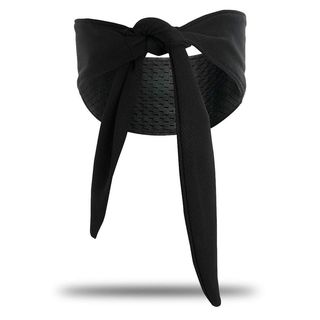
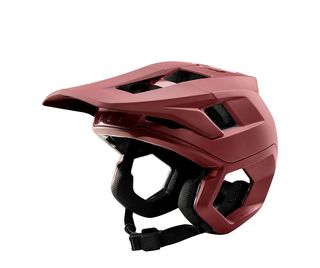
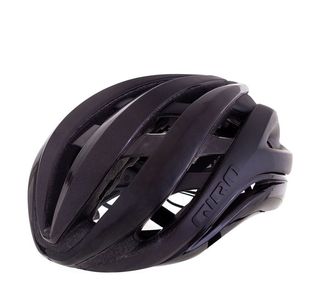
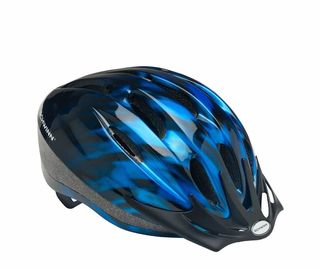
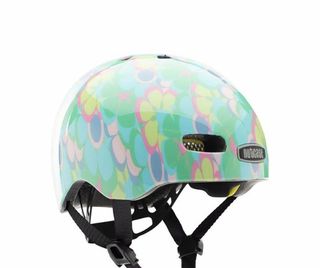
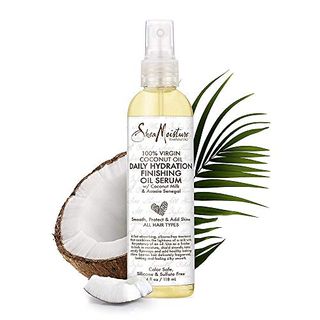
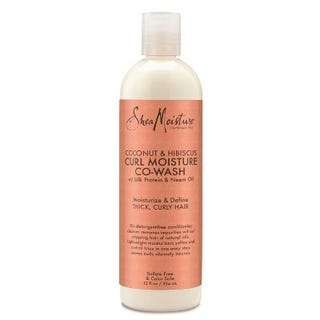
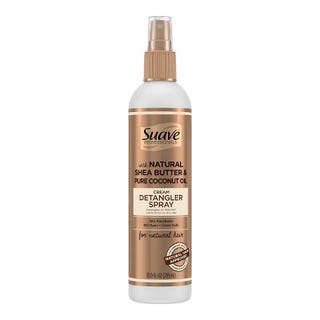
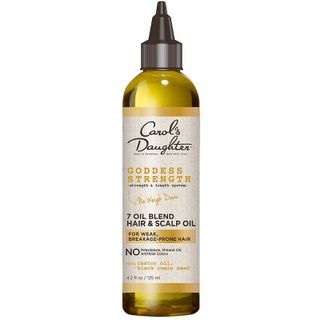
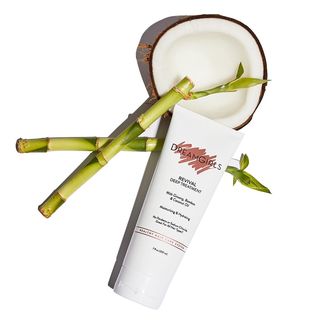















0 Response to "Black Hair Tips for Cyclists | Black Haircare Advice - Bicycling"
Post a Comment